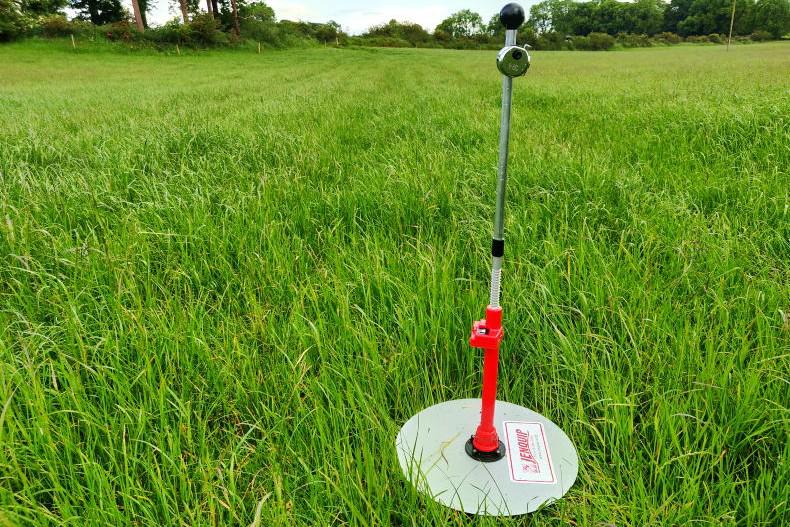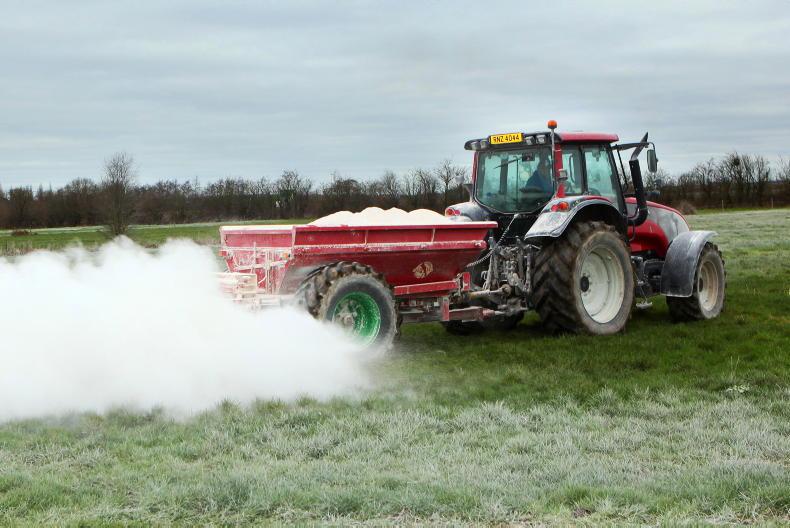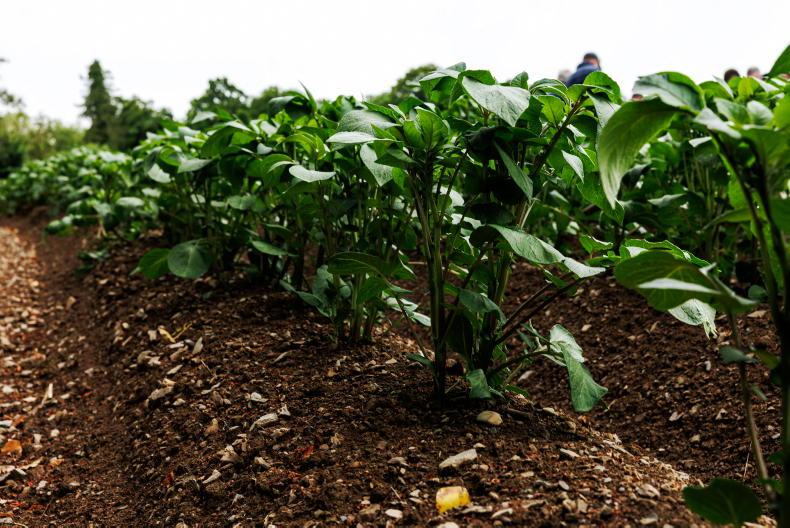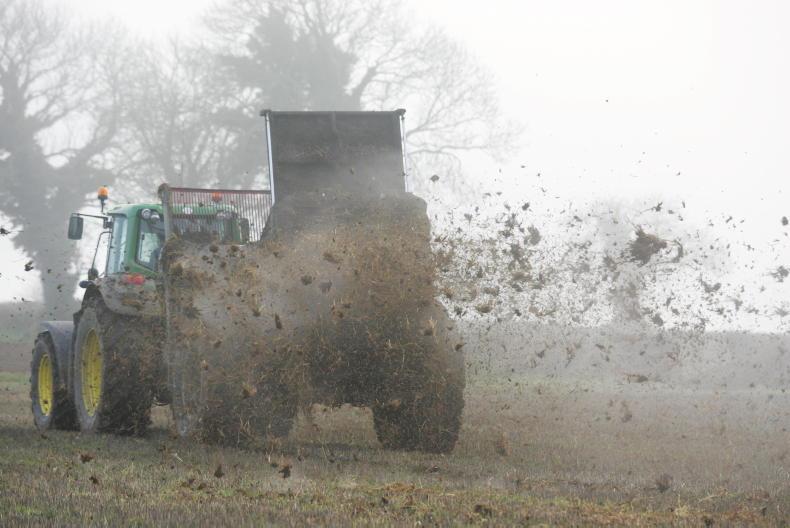As we approach mid-February, one thing that stands out in 2024 is that farmers have very little grazing done.
The weather hasn’t been super, but it hasn’t been too bad either. I get the sense that the emphasis on early spring grazing, even among the better farmers is waning.
This is a cause for concern because really and truly, the only competitive advantage Ireland has when it comes to dairy farming is our grass-based system, so that needs to be maximised to full effect.
It is particularly important when margins are tight, as they are currently. Every effort should be made to get cows out to grass on farms where it is possible to do so.
In order to know what is possible and what is not, farmers should walk their own paddocks to find a spot to put cows in.
I fully accept that on many farms grazing is just not possible, but there are also plenty of farmers who think that grazing isn’t possible on their farm, while their neighbour up the road who is farming similar soils might have the cows out grazing and doing no damage.
Rewards of grazing
Some damage in early spring is normal and should be tolerated. Every farmer practising extended grazing does some damage at some time but still says it’s a small price to pay for the rewards of grazing.
Looking at the forecast for the week, it looks like the driest weather will be over the coming days so there should be an opportunity to get cows out.
The target is to graze 30% of the farm in February so with a late start and a lot of grass on farms, it could be difficult to achieve this target.
The reason for this target is to give as long a time period as possible between grazing for the first time and grazing for the second time.
The mistake that is most often made is that farmers start grazing too late in the spring meaning there isn’t enough time for the grass to recover between the first grazing and the second grazing.
Very often, the farm goes from having too much to having too little grass. This is because covers get too strong so parts of the farm are skipped over and closed for silage without being grazed.
While this reduces silage quality, it also means the area available to the cows to graze gets very small very quickly and the recovery time between grazing shortens.
Yields
This usually results in a grass deficit which is fixed by grazing some of the area that was closed for silage, meaning pre-grazing yields get very high and quality suffers.
Early spring grazing is not easy to practice, even on dry farms. Use on/off grazing where necessary to get grass into cows, graze in square blocks and use a back-fence to keep cows off grazed areas.
Use temporary spur roads to get cows to the backs of paddocks. Essentially, there is a basket of tricks available which are necessary to practice for early spring grazing.










SHARING OPTIONS